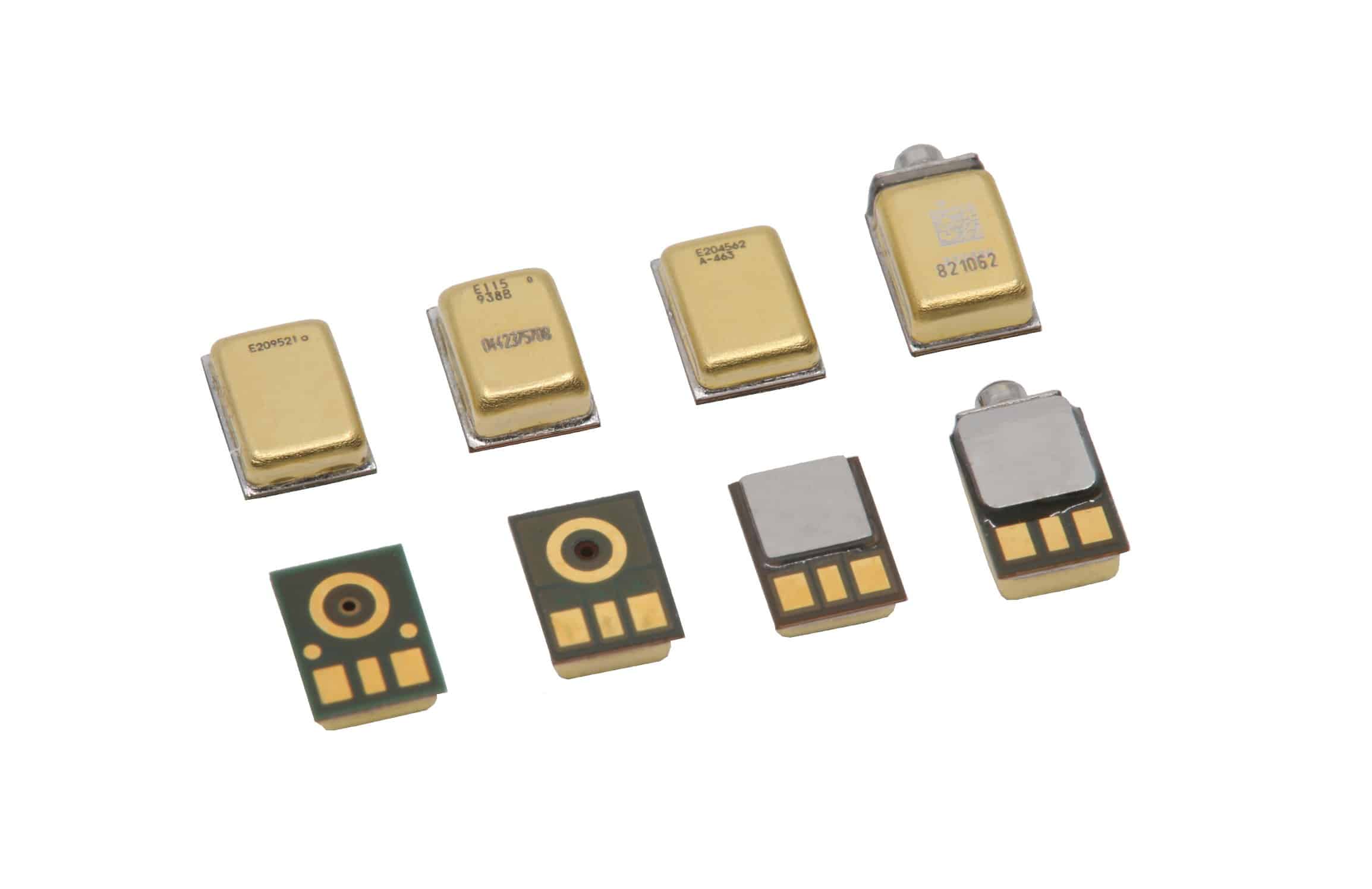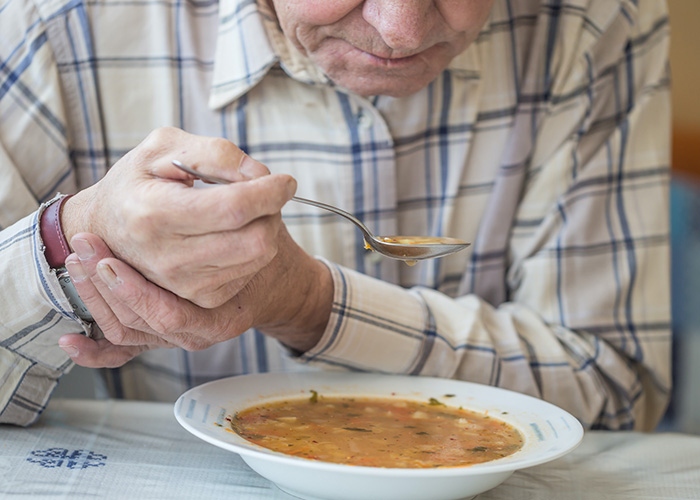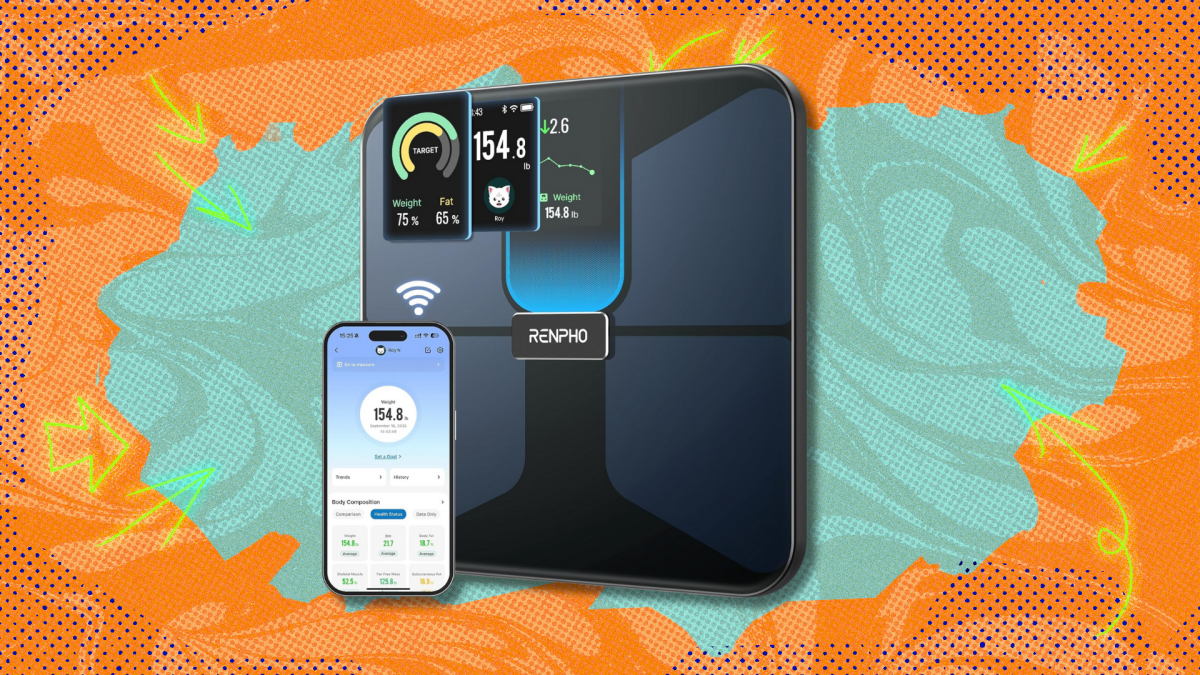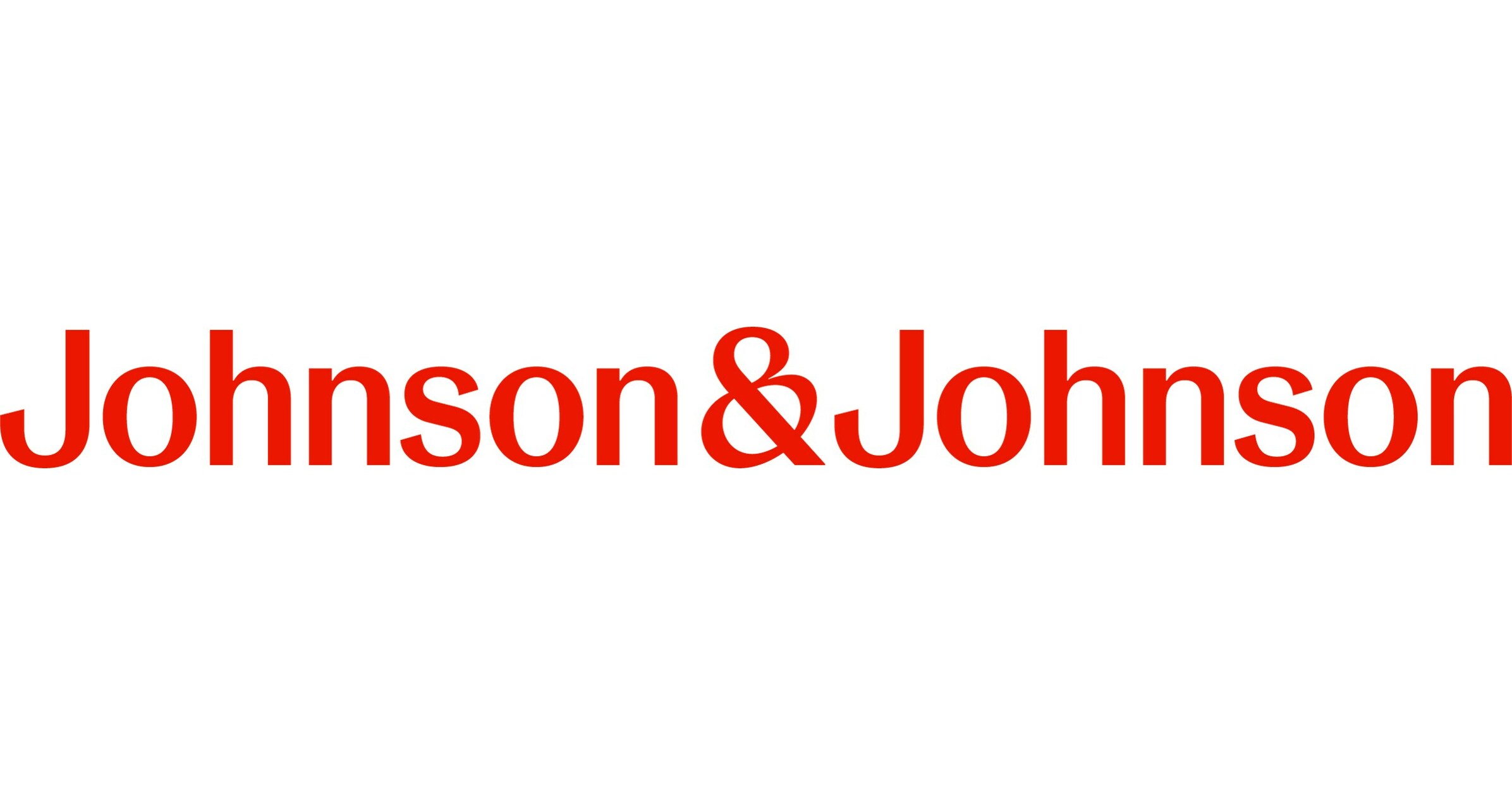SPRING HOUSE, Pa., (October 24, 2025) – Johnson & Johnson (NYSE: JNJ) today announced findings from the Phase 2 DAHLIAS study published in
The Lancet showing that nipocalimab, an investigational FcRn treatment for Sjögren’s disease (SjD), significantly decreased disease activity and severity in patients with moderate-to-severe disease.1
The study met its primary endpoint, with statistically significant improvement in ClinESSDAI a score, a key SjD activity index, at Week 24 in the nipocalimab 15 mg/kg Q2W group compared to placebob.1 Reductions in disease activity were supported by favorable changes in key biomarkers when compared to placebo, including lower levels of rheumatoid factor, fewer circulating immune complexes, and decreased inflammatory markers.1
This significant reduction in disease activity suggests nipocalimab may lessen the burden of SjD symptoms for patients impacted by the condition.1 Patients who received nipocalimab reported a decrease in symptoms, with numerical improvements compared with placebo in the hallmark symptoms of SjD including dryness of the mouth, eyes, and/or vagina, as well as fatigue and joint pain.1 Additionally, an improvement in objective salivary flow (i.e., at least 50% increase from baseline) was observed in more than twice as many patients in the high dose nipocalimab group (15 mg/kg) compared to the placebo group (33% vs. 16%, respectively) at Week 24.1
“The DAHLIAS Phase 2 study represents an important step forward in the understanding of FcRn inhibition as a potential therapeutic approach in Sjögren’s disease. By demonstrating clinically meaningful improvements in disease activity and reductions in key biological indicators, nipocalimab may offer an avenue for addressing the autoantibody-driven pathology of this complex condition,” said Ghaith Noaiseh, M.D., Associate Professor, Allergy, Clinical Immunology, and Rheumatology, The University of Kansas Medical Centerc. “The ability of nipocalimab to potentially lower IgG autoantibody levels rapidly and reversibly is consistent with the mechanism of FcRn inhibition and does so without broadly suppressing the immune system.”2,3
Nipocalimab had a tolerable safety profile and no new safety signals were observed during the 24-week treatment period.1 Immune function was preserved throughout treatment, even among patients who experienced significant reductions in circulating immunoglobulin G (IgG) levels.1 There was no observed increase in serious infections and no participants required intravenous immunoglobulin (IVIG) or rescue therapy.1 The DAHLIAS data are consistent with the overall safety profile of IMAAVYTM (nipocalimab-aahu), which is approved in generalized myasthenia gravis (gMG).4
“A significant unmet need exists in the treatment of Sjögren’s disease, a condition in which patients, 9 out of 10 of which are women, live with persistent and often debilitating symptoms, yet there are no approved therapies available,”5,6 said Leonard L. Dragone, M.D., Ph.D., Disease Area Leader, Rheumatology and Autoantibody, Johnson & Johnson Innovative Medicine. “These data published in The Lancet add to the growing body of evidence supporting the potential of nipocalimab in Sjögren’s disease. This publication not only underscores the scientific merit of the findings but also reflects our commitment to advancing research in autoantibody-mediated diseases and delivering innovative therapies for patients with few alternatives.”
Nipocalimab is the only investigational treatment to be granted
Breakthrough Therapy Designation by the U.S. Food and Drug Administration (FDA) for SjD (November 2024). It also received
Fast Track Designation by the U.S. FDA earlier this year in April 2025. Building on the regulatory momentum, the Phase 3
DAFFODIL study is now underway and actively enrolling patients.
IMAAVY™
is approved by the U.S. Food and Drug Administration for adult and pediatric patients (12 years of age and older) with anti-AChR or anti-MuSK antibody positive gMG, in Brazil by ANVISA for anti-AChR, anti-MuSK or anti-LRP4 antibody positive adults and pediatric patients aged 12 and older, and in Japan by the Pharmaceuticals and Medical Devices Agency for the treatment of all patients living with gMG.
Health authority submissions seeking approval for nipocalimab in the treatment of gMG are currently under review with several regulatory authorities worldwide.
Editor’s Notes:
a. ClinESSDAI is an endpoint specific to SjD and is a systemic diseases activity index that measures disease activity in patients with primary SjD based on 11 domains including: constitutional, lymphadenopathy, glandular, articular, cutaneous, respiratory, renal, muscular, peripheral nervous system, central nervous system, and hematological; a higher score indicates greater symptom severity.
b. Least squares [LS] mean difference –2.65; 90% confidence interval [CI] –4.03 to –1.28; p=0.0018
c. Ghaith Noaiseh, M.D., Ph.D. is a paid consultant for Johnson & Johnson. He has not been compensated for any media work.
ABOUT SJÖGREN’S DISEASE
Sjögren’s disease (SjD) is one of the most prevalent autoantibody-driven diseases for which no therapies are currently approved that treat the underlying and systemic nature of the disease.7 It is a chronic autoimmune disease that is estimated to impact approximately four million people worldwide and is nine times more common in women than men.5,6 SjD is characterized by autoantibody production, chronic inflammation, and lymphocytic infiltration of exocrine glands. Most patients are affected by mucosal dryness (eyes, mouth, vagina), joint pain and fatigue.7 More than 50% of SjD patients have a moderate to severe form of the condition, and disease burden can be as high as that of rheumatoid arthritis or systemic lupus erythematosus.5 It is usually associated with impaired quality of life, and in up to approximately half of patients, a loss of functional capacity that can result in an inability to work due to a disability.5,8,9,10
ABOUT DAHLIAS
DAHLIAS (
NCT04968912) is a Phase 2 multicenter, randomized, placebo-controlled double-blind, dose-ranging study to evaluate the effects of nipocalimab in participants with moderately-to-severely active primary SjD who were seropositive for anti-Ro60 and/or anti-Ro52 immunoglobulin G (IgG) antibodies. 163 adults aged 18-75 were randomized 1:1:1 to receive intravenous nipocalimab at 5 or 15 mg/kg, or placebo every 2 weeks through Week 22 and received protocol-permitted background standard of care. Safety assessments were conducted through Week 30. The primary endpoint was change in baseline in the ClinESSDAI (Clinical European League Against Rheumatism Sjögren’s Syndrome Disease Activity Index) Score at Week 24.
ABOUT IMAAVY™ (nipocalimab-aahu)
IMAAVY™ is a monoclonal antibody, designed to bind with high affinity to block FcRn and reduce levels of circulating IgG antibodies that underlie generalized myasthenia gravis (gMG) without additional detectable effects on other adaptive and innate immune functions. IMAAVY™ is currently approved for the treatment of gMG in adults and pediatric patients 12 years of age and older who are AChR or MuSK antibody positive.4
Nipocalimab is continuing to be investigated across three key segments in the autoantibody space including Rare Autoantibody diseases, Maternal Fetal diseases mediated by maternal alloantibodies and Rheumatic diseases.11,12,13,14,15,16,17,18,19,20 The investigational monoclonal antibody is designed to bind with high affinity to block FcRn and reduce levels of circulating IgG auto and alloantibodies potentially without additional detectable effects on other adaptive and innate immune functions.
The U.S. Food and Drug Administration (FDA) and European Medicines Agency (EMA) have granted several key designations to nipocalimab including:
· U.S. FDA Fast Track designation in hemolytic disease of the fetus and newborn (HDFN) and warm autoimmune hemolytic anemia (wAIHA) in July 2019, gMG in December 2021, fetal and neonatal alloimmune thrombocytopenia) FNAIT in March 2024 and SjD in March 2025
· U.S. FDA Orphan drug status for wAIHA in December 2019, HDFN in June 2020, gMG in February 2021, chronic inflammatory demyelinating polyneuropathy (CIDP) in October 2021 and FNAIT in December 2023
· U.S. FDA Breakthrough Therapy designation for HDFN in February 2024 and for Sjögren’s disease in November 2024
· U.S. FDA granted Priority Review in gMG in Q4 2024
· EU EMA Orphan medicinal product designation for HDFN in October 2019 and FNAIT in April 2025
The legal manufacturer for IMAAVY™ is Janssen Biotech, Inc.
WHAT IS IMAAVY™ (nipocalimab-aahu)?
IMAAVY™ is a prescription medicine used to treat adults and children 12 years of age and older with a disease called generalized myasthenia gravis (gMG) who are anti-acetylcholine receptor (AChR) or anti-muscle-specific tyrosine kinase (MuSK) antibody positive.
It is not known if IMAAVY™ is safe and effective in children under 12 years of age.
IMPORTANT SAFETY INFORMATION
What is the most important information I should know about IMAAVY™?
IMAAVY™ is a prescription medicine that may cause serious side effects, including:
· Infections are a common side effect of IMAAVY™ that can be serious. Receiving IMAAVY™ may increase your risk of infection. Tell your healthcare provider right away if you have any of the following infection symptoms:
|
o fever
o chills
o shivering
o cough
|
o sore throat
o fever blisters
o burning when you urinate
|
· Allergic (hypersensitivity) reactions may happen during or up to a few weeks after your IMAAVY™ infusion. Get emergency medical help right away if you get any of these symptoms during or after your IMAAVY™ infusion:
|
o a swollen face, lips, mouth, tongue, or throat
o difficulty swallowing or breathing
|
o itchy rash (hives)
o chest pain or tightness
|
· Infusion-related reactions are possible. Tell your healthcare provider right away if you get any of these symptoms during or a few days after your IMAAVY™ infusion:
|
o headache
o rash
o nausea
o fatigue
|
o dizziness
o chills
o flu-like symptoms
o redness of skin
|
Do not receive IMAAVY™ if you have a severe allergic reaction to nipocalimab-aahu or any of the ingredients in IMAAVY™. Reactions have included angioedema and anaphylaxis.
Before using IMAAVY™, tell your healthcare provider about all of your medical conditions, including if you:
· ever had an allergic reaction to IMAAVY™.
· have or had any recent infections or symptoms of infection.
· have recently received or are scheduled to receive an immunization (vaccine). People who take IMAAVY™ should not receive live vaccines.
· are pregnant, plan to become pregnant, or are breastfeeding. It is not known whether IMAAVY™ will harm your baby.
Pregnancy Safety Study. There is a pregnancy safety study for IMAAVY™ if IMAAVY™ is given during pregnancy or you become pregnant while receiving IMAAVY™. Your healthcare provider should report IMAAVY™ exposure by contacting Janssen at 1-800-526-7736 or www.IMAAVY.com.
Tell your healthcare provider about all the medicines you take, including prescription and over-the-counter medicines, vitamins, and herbal supplements.
What are the possible side effects of IMAAVY™?
IMAAVY™ may cause serious side effects. See “What is the most important information I should know about IMAAVY™?”
The most common side effects of IMAAVY™ include: respiratory tract infection, peripheral edema (swelling in your hands, ankles, or feet), and muscle spasms.
These are not all the possible side effects of IMAAVY™. Call your doctor for medical advice about side effects. You are encouraged to report negative side effects of prescription drugs to the FDA. Visit
www.fda.gov/medwatch, or call
1-800-FDA-1088.
Please see the full
Prescribing Information and
Medication Guide for IMAAVY™ and discuss any questions you have with your doctor.
Dosage Form and Strengths: IMAAVY™ is supplied as a 300 mg/1.62 mL and a 1,200 mg/6.5 mL (185 mg/mL) single-dose vial per carton for intravenous injection.
ABOUT JOHNSON & JOHNSON
At Johnson & Johnson, we believe health is everything. Our strength in healthcare innovation empowers us to build a world where complex diseases are prevented, treated and cured, where treatments are smarter and less invasive, and solutions are personal. Through our expertise in Innovative Medicine and MedTech, we are uniquely positioned to innovate across the full spectrum of healthcare solutions today to deliver the breakthroughs of tomorrow and profoundly impact health for humanity.
Learn more at
https://www.jnj.com/ or at
https://innovativemedicine.jnj.com/
Follow us at
@JNJInnovMed.
CAUTIONS CONCERNING FORWARD-LOOKING STATEMENTS
This press release contains “forward-looking statements” as defined in the Private Securities Litigation Reform Act of 1995 regarding product development and the potential benefits and treatment impact of IMAAVY™. The reader is cautioned not to rely on these forward-looking statements. These statements are based on current expectations of future events. If underlying assumptions prove inaccurate or known or unknown risks or uncertainties materialize, actual results could vary materially from the expectations and projections of Johnson & Johnson. Risks and uncertainties include, but are not limited to: challenges and uncertainties inherent in product research and development, including the uncertainty of clinical success and of obtaining regulatory approvals; uncertainty of commercial success; manufacturing difficulties and delays; competition, including technological advances, new products and patents attained by competitors; challenges to patents; product efficacy or safety concerns resulting in product recalls or regulatory action; changes in behavior and spending patterns of purchasers of health care products and services; changes to applicable laws and regulations, including global health care reforms; and trends toward health care cost containment. A further list and descriptions of these risks, uncertainties and other factors can be found in Johnson & Johnson’s most recent Annual Report on Form 10-K, including in the sections captioned “Cautionary Note Regarding Forward-Looking Statements” and “Item 1A. Risk Factors,” and in Johnson & Johnson’s subsequent Quarterly Reports on Form 10-Q and other filings with the Securities and Exchange Commission. Copies of these filings are available online at www.sec.gov, www.jnj.com or on request from Johnson & Johnson. Johnson & Johnson does not undertake to update any forward-looking statement as a result of new information or future events or developments.
Footnotes
1 Noaiseh, G et al., Efficacy and safety of nipocalimab in patients with moderate-to-severe Sjögren’s disease (DAHLIAS):a randomised, phase 2, placebo-controlled, double-blind trial. The Lancet. Oct 2025; https://www.thelancet.com/journals/lancet/article/PIIS0140-6736(25)01430-8/fulltext
2 Seth N, et al. Nipocalimab, an immunoselective FcRn blocker that lowers IgG and has unique molecular properties. mAbs. 2025 Feb; 17(1). https://doi.org/10.1080/19420862.2025.2461191
3 Yu F, et al. Post-hoc analysis of clinically relevant anti-vaccine antibodies in participants treated with nipocalimab. 2024 Sep.
4 IMAAVYTM U.S. Prescribing Information.
5 Nat Rev Rheumatol 20, 158–169 (2024). https://doi.org/10.1038/s41584-023-01057-6
6 Beydon, M., McCoy, S., Nguyen, Y. et al. Epidemiology of Sjögren syndrome.
7 Huang H, Xie W, Geng Y, Fan Y, Zhang Z. Mortality in patients with primary Sjögren’s syndrome: a systematic review and meta-analysis. Rheumatology (Oxford). 2021 Sep 1;60(9):4029-4038. doi: 10.1093/rheumatology/keab364. PMID: 33878179.
8 Carsons SE, Patel BC. Sjogren Syndrome. [Updated 2023 Jul 31]. In: StatPearls [Internet]. Treasure Island (FL): StatPearls Publishing; 2024 Jan-. Available from: https://www.ncbi.nlm.nih.gov/books/NBK431049/
9 Hackett KL, et al. Arthritis Care Res (Hoboken). 2012;64(11):1760-1764.
10 Meijer JM, Meiners PM, Huddleston Slater JJ, Spijkervet FK, Kallenberg CG, Vissink A, Bootsma H. Health-related quality of life, employment and disability in patients with Sjogren’s syndrome. Rheumatology (Oxford). 2009 Sep;48(9):1077-82. doi: 10.1093/rheumatology/kep141. Epub 2009 Jun 24. PMID: 19553376.
11 ClinicalTrials.gov Identifier: NCT04951622. Available at: https://clinicaltrials.gov/ct2/show/NCT04951622.Last accessed: October 2025.
12 ClinicalTrials.gov. NCT03842189. Available at: https://clinicaltrials.gov/ct2/show/NCT03842189. Last accessed: October 2025.
13 ClinicalTrials.gov Identifier: NCT05327114. Available at: https://www.clinicaltrials.gov/study/NCT05327114. Last accessed: October 2025.
14 ClinicalTrials.gov Identifier: NCT04119050. Available at: https://clinicaltrials.gov/study/NCT04119050. Last accessed: October 2025.
15 ClinicalTrials.gov Identifier: NCT05379634. Available at: https://clinicaltrials.gov/study/NCT05379634. Last accessed: October 2025.
16 ClinicalTrials.gov Identifier: NCT05912517. Available at: https://www.clinicaltrials.gov/study/NCT05912517. Last accessed: October 2025.
17 ClinicalTrials.gov Identifier: NCT04968912. Available at: https://clinicaltrials.gov/study/NCT04968912. Last accessed: October 2025.
18 ClinicalTrials.gov Identifier: NCT04882878. Available at: https://clinicaltrials.gov/study/NCT04882878. Last accessed: October 2025.
19 ClinicalTrials.gov Identifier: NCT06449651. Available at: https://clinicaltrials.gov/study/NCT06449651. Last accessed: October 2025.
20 ClinicalTrials.gov Identifier: NCT06533098 Available at: https://clinicaltrials.gov/study/NCT06533098. Last accessed: October 2025.











